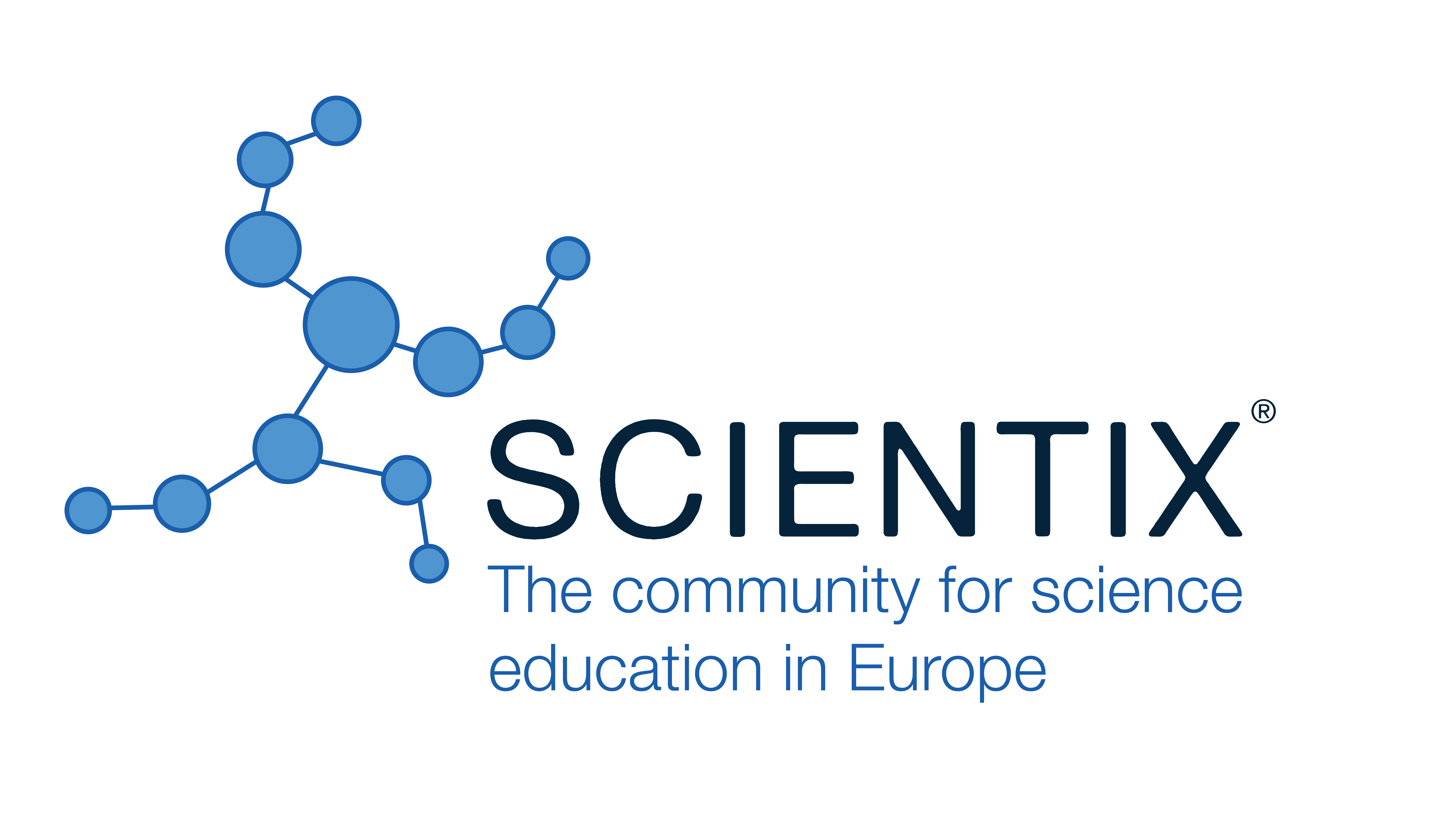Teachers supporting autonomy in Online Language Learning
Ana María Ternent de Samper, Universidad de La Sabana (Colombia)
Nohora Bryan Zambrano, Independent Education Consultant (Colombia)
Abstract
Changing world circumstances have enabled education to focus on developing different competences and intensifying the use of technology as a mediator for learning. Student populations have become more diverse, the need for more advanced competences in English has continued to increase, and virtual programs with the potential to contribute to student learning have proliferated. The authors carried out a mixed-method study to determine the efficacy of one such program. The researchers collected perceptions about the program from students and tutors through surveys, interviewed the Director and tutors, systematized information from official documents that support the process, and documented the work done on the online platform. All the information was contrasted with theoretical frameworks on autonomy (Holec, 1981), transactional distance (Moore, 2007), SOLO taxonomy (Hook and Van Schaijik, 2016), and Chi’s framework for differentiating learning activities (2009). The study carried out from 2017-2019, provides indications of the need for the systematic implementation of scaffolds that help bridge transactional distance in order to promote autonomous learning through the use of Online Learning Objects (OLOs). Based on those findings, the authors present recommendations for educators to take full advantage of the online components of blended and online courses to focus on the development of autonomy and students' need to make progress in their English language skills and succeed in the increasingly globalized and multicultural world we live in. These scaffolds should appear in the courses, but they should be driven and supported by teachers. The present article proposes 4 types of scaffolding to enrich teaching practices in blended/virtual programs: 1) for autonomy so that rather than content delivery, the focus is on promoting self-direction that should not be confused with self-study; 2) for quality interactions among students, with teachers, and with content to develop student awareness and promote the use of metacognitive strategies that ensure learning; 3) on assessment, through effective design that capitalizes on reflection, peer, self-, and teacher assessment and frequent, useful feedback that can engage students, ensure deep learning and the achievement of the intended goals; 4) on design for learning that intentionally makes the most of available resources to promote more personalized, useful, and complex learning.
Key Words: ELT, Scaffolding, Interactions, Autonomy, Teacher Professional Development.
References:
Chi, M. T. (2009). Active-Constructive-Interactive: A Conceptual Framework for Differentiating Learning Activities. Topics in Cognitive Science,1(1), 73-105. doi:10.1111/j.1756-8765.2008.01005.x
Holec, H. (1981). Autonomy and foreign language learning. Pergamon Press.
Hook, P., & Schaijik, S. V. (2016). SOLO taxonomy and English language learners: making second language learning visible. Laughton, United Kingdom: Essential Resources.
Moore, M., G. (2007). The theory of transactional distance. In M. G. Moore (Ed.), Handbook of distance education (2nd Ed., pp. 89-105). Mahwah, NJ: Lawrence Erlbaum Associates.
 The Future of Education
The Future of Education





























